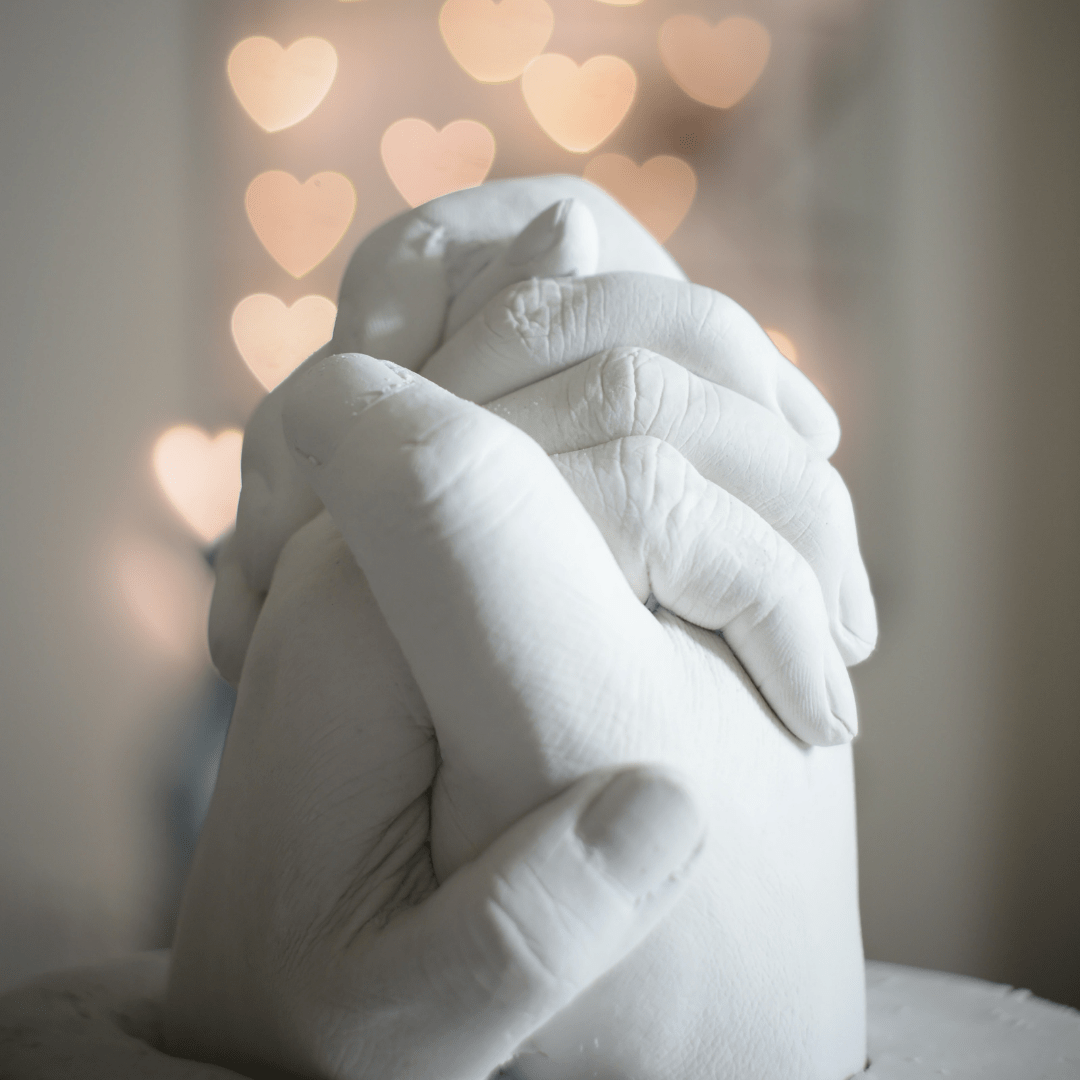
The holiday period, whilst a magical and connective time in lots of ways, can be a challenge for many. You can feel out of your comfort zone as you navigate new or old relational, family and group dynamics. You immerse in environments that are not part of your everyday familiarity. You you stretch and evolve and do your best to keep a clear, calm, connected centre in the whirlwind of celebrations, travel, different houses, different food, family, friends and festivities. It’s at times like these when a simple breathwork technique (like those listed below) can come in really handy to help your nervous system soothe and settle, giving you the opportunity to clear your mind, ground yourself and step into what’s being presented with your full capacity.
I’m going to lay out 3 simple strategies that you can use to help regulate yourself over the holidays. Whenever you need to stop and ‘take a breather’, try these.
- Step 1 – Notice how you feel – often the hardest part!
- Step 2 – 5 in 5 out
- Step 3 – Whale breath
Step 1 – Notice how you feel
I encourage you to notice when you’re feeling even slightly dysregulated in your nervous system or your breathing.
You can effect momentous change in these moments of dysregulation by leaning into the simple power of your breath. It is such an amazing and foundational part of you that informs your body on a biochemical level about:
- Whether to be stressed – which often gives us humans a higher propensity to behave from the reactive part of our brain, or
- Relaxed and in our parasympathetic zone – which helps us to function from the prefrontal cortex section in our brain, where we make conscious decisions from. I call it our ‘research and development’ part of our brains.
Noticing how you feel is a simple instruction, but it is often such a difficult thing to do in the moment.
Take a second now to reflect on the last time you were feeling anxious, frustrated, annoyed, angry, wired etc – what did you do in that moment? Did you tend to behave with reactivity? Did you notice your feelings and make conscious decisions to recalibrate your nervous system and adjust your response?
It’s human nature – our brains are built with a primal reactive section that often guides (or misguides) our responses to situations. You’ve heard it before – the example of ‘you’re doing your emails and your brain is reacting with the stress level as if a bear is chasing you’.
Our mission in life, if we choose to accept it (slash enjoy being in charge of our brains rather than letting our brains be in charge of us) is to NOTICE these moments of dysregulation. That is step one. Then from there we can CHOOSE to pause, make different choices about our behaviour (eg breathe differently to regulate our nervous systems) and move on to an entirely different experience of nervous system regulation that gives rise to greater connections with people, wider perspective, compassion, clarity and even possibilities to turn what may have seemed like a dire situations into a glowing diamonds of unparalleled growth and self-evolution.
Magical things start to happen when we step out of our routine reactivity and barriers, and embrace a greater perspective from the operating manual of conscious prefrontal cortex thinking.
Step 2 – Breathwork Technique “5 in 5 out”
Once you’ve noticed yourself in a state of dysregulation, bring your attention to your breath. The following pattern is one of the easiest to use in crazy moments. I’ve found it to have massive and immediate benefits of creating a sense of calm and centred capacity in the face of peril. It brings you into the eye of the storm.
The breathwork technique is as simple as this:
- Breathe in for 5 counts
- Breathe out for 5 counts
- Repeat until you notice a difference
- Try to maintain a regular soft, smooth, slow breath – don’t over breathe or exaggerate your breath to do this activity.
When I do this, I notice a difference in my nervous system within 3-5 rounds. I understand how impactful breathing like this is to the biochemical aspects of my body’s nervous system control that I often continue to do it for many minutes, hours, or throughout everyday at different points when I remember. I build a routine of doing it into my daily morning yoga practice and I match the pace of my yoga shapes to the pace of my ‘5 in 5 out’ breath. By doing this in the morning (when the nervous system is very malleable to be informed of its rhythm for the day) this sets me up to have a smooth sailing, anxiety free time OR if I encounter stressful scenarios during the day I have primed my nervous system to be in a relaxed state and I feel much more capable to recalibrate and handle what needs to be handled.
I encourage you to integrate this breathwork technique into your everyday rhythms. Add it into your routine, habit stack it onto something you already enjoy so you can start to train yourself towards greater self regulation – it feels so good!!!
I’ve had clients anchor this practice to things like a cup of tea in the morning, vacuuming the house (that’s a very calm vacuum experience!), or whilst walking slowly, barefoot, through the grass. Find what works for you and stick with it everyday for a week – even after such a short period of time you’ll start to feel incredibly results.
Take a breather over the holiday period and practice your ‘5 in 5 out’ breathwork technique. Do it privately or in the company of others – no one needs to know, or everyone can know and do it together! You choose.
Step 3 – Breathwork Technique “Whale Breath”
Whale Breath is an exciting and simple breathwork technique that you can use to clear your head and at the same time visualise ‘cleansing’ particular parts or the whole of your body.
The breathwork technique is simple:
- Imagine you have a whale blow hole in the top of your head.
- Breathe in and out of it
- Focus on breathe from your head down through to your toes and back out again
Breathing Through The Top of Your Head
Focusing your attention to the top of your head can have an incredibly calming and releasing effect on your whole body. Using this area as a central focus point to what is coming into, and out of, your body can have profound impacts on your nervous system.
The opportunity with whale breath extends into a meditative realm. You can formulate your own visualisations to suits your needs at the time. Each in breath can be used to bring awareness to an area, and each out breath can be used to relax/cleanse/respond to that awareness. To summarise:
- In breath = awareness
- Out breath = release
A couple of my favourite simple visualisations are:
- Concentrate on cleansing your body from your head down, and then back up through your head. Bring clear, clean, revitalising breath in through the top of your head, and breathe out any ‘debris’ you can identify in your body, whether one particular part of your body that feels ‘blocked’ or is experiencing pain, sections, or the whole of your body.
- Bring a colour into the equation – fill your body with golden light, blue light, white light – whatever feels right to you.
- Note how you feel before you start, and notice the changes after doing it for even just 5 continuous minutes.
Breathwork for Mental Clarity
Try using Whale Breath and then imagine collecting your circular / repetitive thoughts and squishing them as play dough out of the top of your head. I like to imagine the thoughts squeezing out through a garlic crusher and coming out like strands of spaghetti that defy gravity and break off to get lost in the universe above me. Consciously ‘pushing out’ ruminating thoughts can help to clear your mind and create a sense of calm.
The holiday season, though wonderful in many respects, can be challenging as we navigate various social settings. As a Buteyko breath coach, I recognise the value of harnessing breath to soothe the nervous system – because I use techniques to help regulate every single day too. The human condition is to experience a 50:50 life – 50% good and happy things, 50% challenging and uncomfortable things. The polarity of our experience is how we know what feeling good is. However, I believe that you can fully appreciate the beauty and joy in life without needing to dwell in the opposite discomfort for ages to be able to fully appreciate and understand the good. Breath is with you at every step in your life journey, an underrated tool and companion that exerts very real biochemical effects on your body and nervous system that help to pull you out of discomfort associated with nervous system dysregulation.
What, how and when to do breathwork
So here we’ve discussed three strategies you can use to take a breather over this coming holiday period : first, acknowledging moments of dysregulation is pivotal for change, urging us to choose conscious responses. Second, the ‘5 in 5 out’ breath technique becomes a powerful ally, providing immediate calm in the midst of chaos. Third, integrating Whale Breath and tailoring it to compliment what you need in any given moment. These practices, integrated into daily routines, offer transformative results. As the coming festivities unfold, take a breather, embrace the calm, and feel in charge of creating your own experience in each moment.
Happy Holidays 🌟
Written by Buteyko Breath Coach, Naturopath, Fertile Ground & The Melbourne Apothecary Co-owner and Practice Director, Carly Woods. Make a booking with Carly to learn how to use your breath to feel better in any moment. You’ll be taught a range of breathwork techniques that are fully customisable to your health needs. Hit the booking button below and navigate to COACHING > Buteyko Breathwork Coaching Initial. Alternatively, book a free 10 minute consult with Carly to chat about how breathwork can help or if it’s appropriate for your individual health needs.



